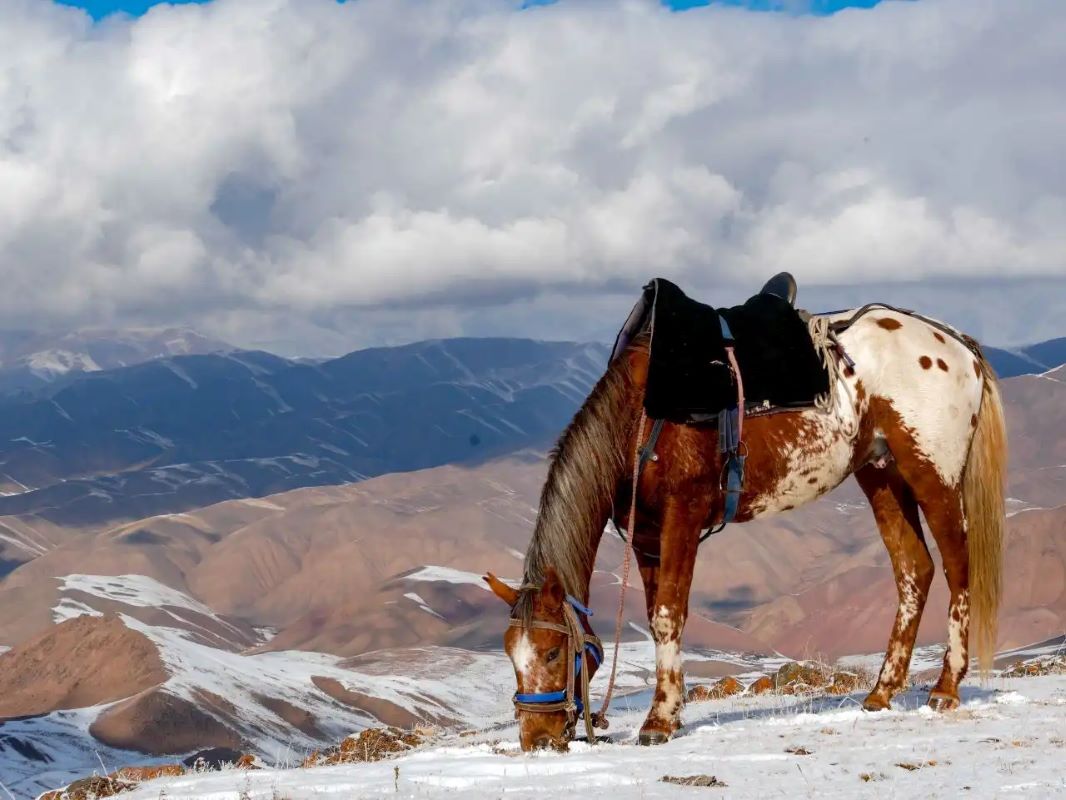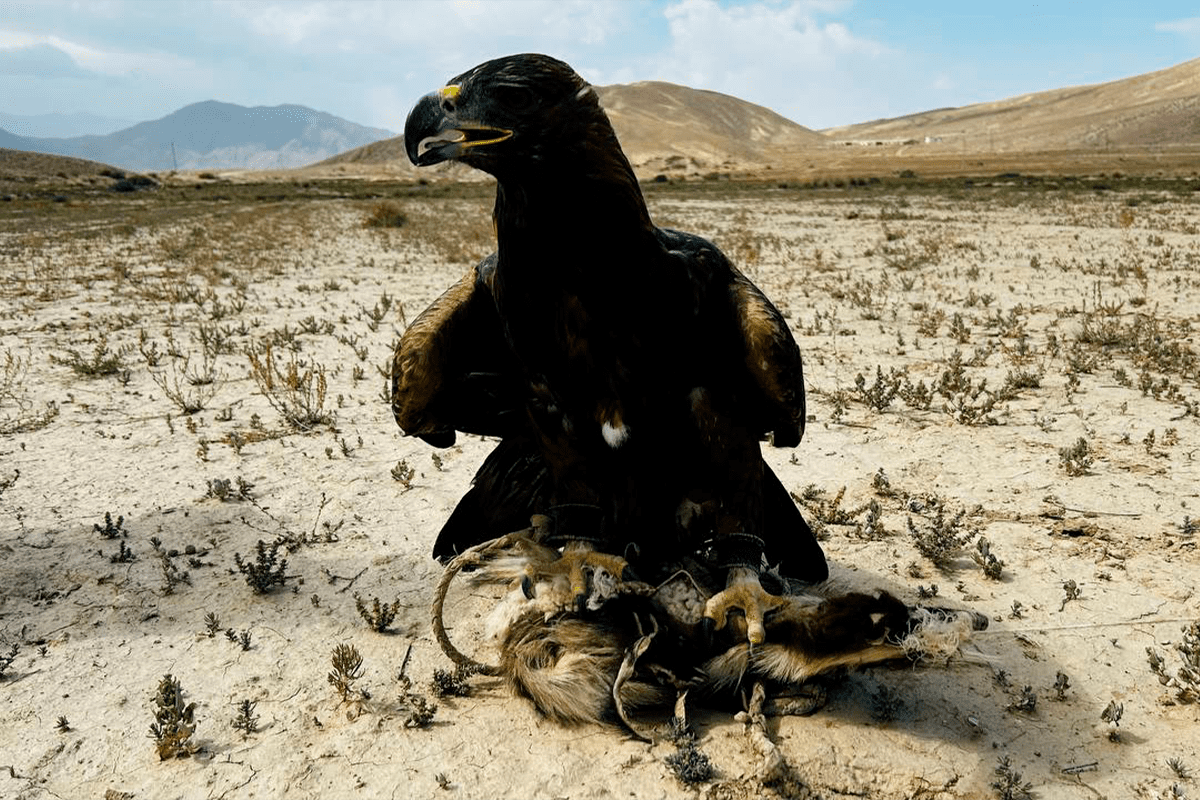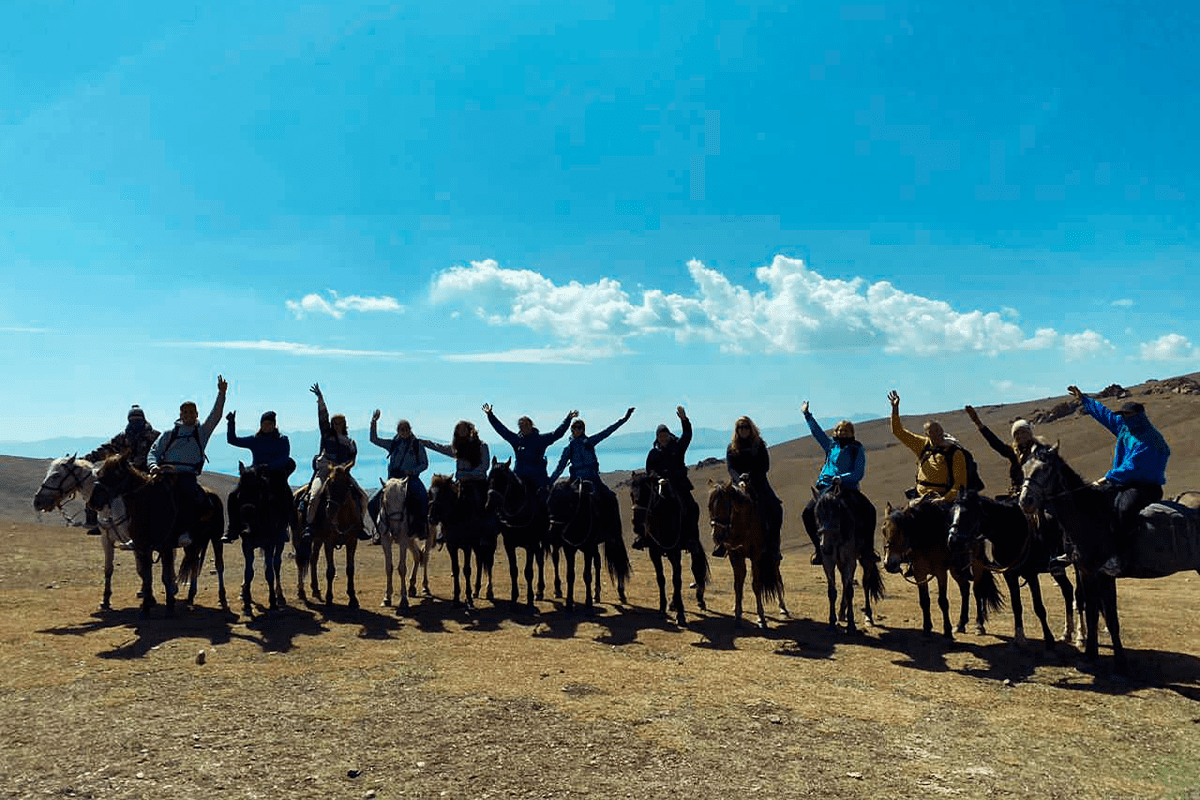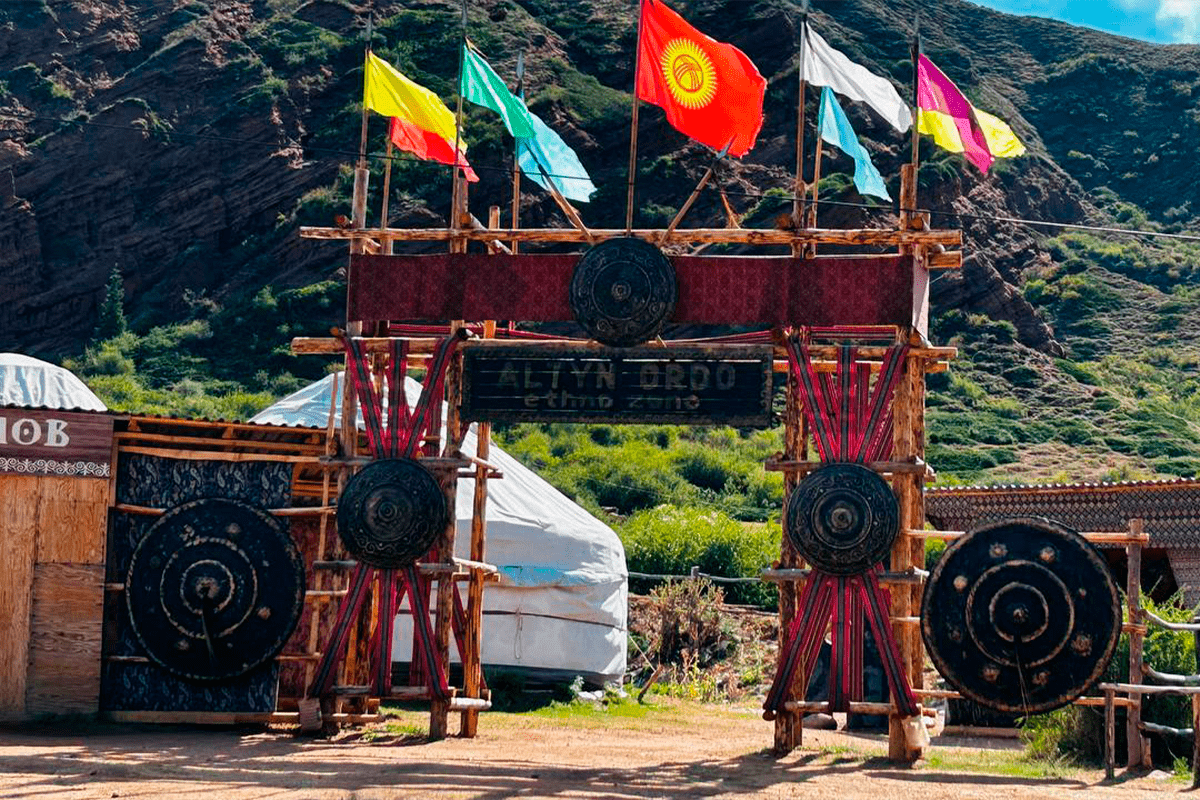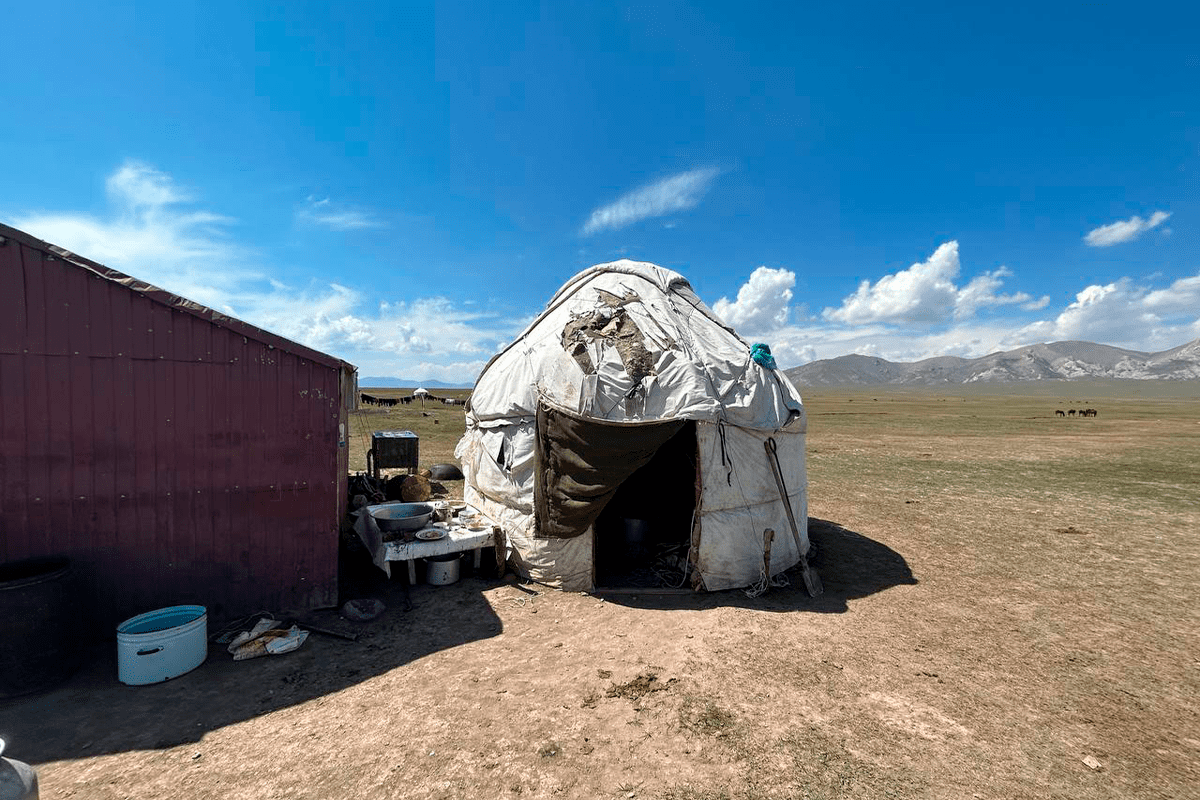Did you know?
More than 90% of Kyrgyzstan is mountainous.
About two-thirds of Kyrgyzstan’s population lives outside urban areas.
There are more glaciers in the mountains of Kyrgyzstan than in the Caucasus and the Alps combined.
Issyk-Kul in Kyrgyzstan is the second largest alpine lake in the world.
The world’s largest walnut forest is in the Arslanbob region of Kyrgyzstan.
Manas, the central poem of Kyrgyz history, is one of the longest epics in the world.
A trip to Kyrgyzstan will transport you to the Swiss Alps of Central Asia, an amazingly gorgeous land left untouched by overcrowded cities and excessive tourism. The Kyrgyz people are adaptable and hardworking, the unspoiled nature is inspiring, and the opportunities for adventure are numerous and diverse. Autumn and summer times, in high mountains is possible to see people living the way of nomads life. Horse milking, horse riding and living in traditional Kyrgyz nomad yurts.
Nomads follow in the footsteps of their ancestors to alpine meadows, and tourists can join them for a taste of the authentic wandering life. History is etched in to each of the fortresses, towers, and petroglyphs that dot the landscape, and they serve as silent reminders of the dramatic past of the land. Horses, donkey carts, worn-out buses, and sleek new cars ply the country roads, and friendly Kyrgyz people show case their unique culture through soulful songs, colorful felts, and traditional tapestries passed down through the ages.
If your curiosity has been piqued, this Kyrgyzstan travel guide will help you get to know this small country and answer all your questions about Kyrgyz tourism.
Is Kyrgyzstan worth a visit?
Kyrgyzstan is an enigma to many countries around the world, but for backpackers it is the number one destination in Central Asia, and over the past few years it has gradually attracted traveler so fall stripes. So what attracts travelers to this small nomad country?
Kyrgyzstan is a stunning nomads country whose silhouette is defined by high mountain lakes, vast forests, lush pastures, rushing rivers and red rock canyons, not to mention the magnificent peaks of the majestic Tien Shan Mountains.
Kyrgyzstan is a welcoming nomads life country, and its ultra-free visa rules accurately reflect the friendliness and laid-back nature of the people you’ll meet on your journey. Kyrgyzstan has long been considered one of the most tourist-friendly and nomads life countries in Central Asia,and it has no intention of giving up that reputation any time soon.
Kyrgyzstan is a land of adventure. Where else in a week can you live in a real yurt in a nomadic family, ride a horse through the mountains, raft through remote valleys and learn about ancient and Soviet history?
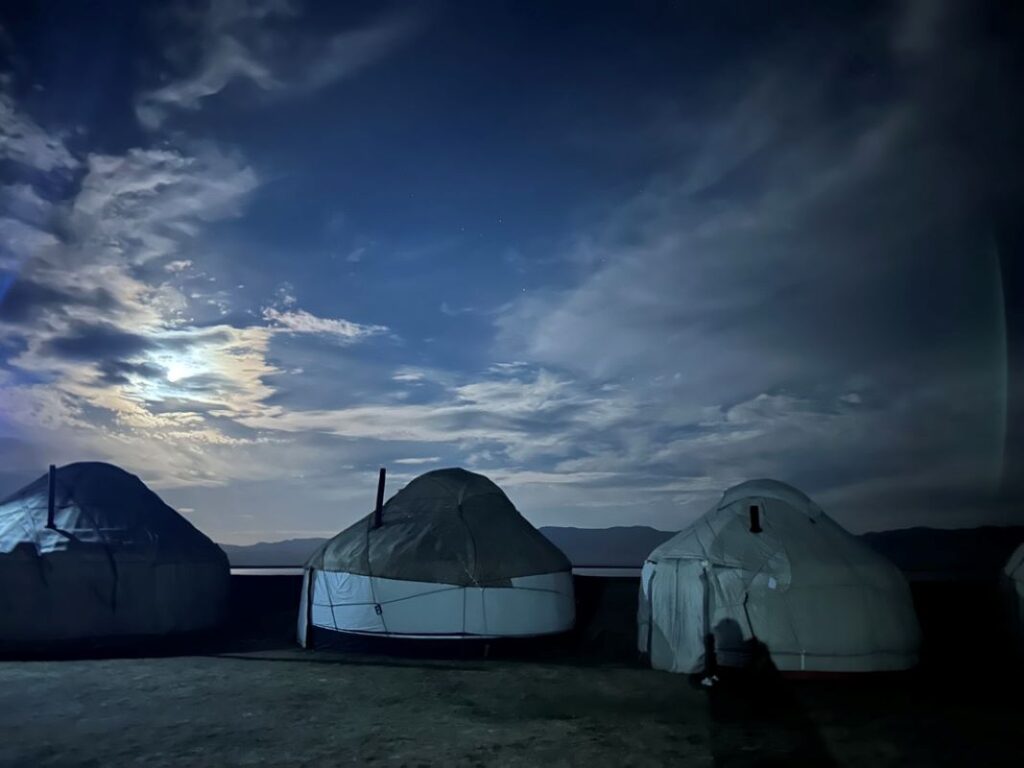
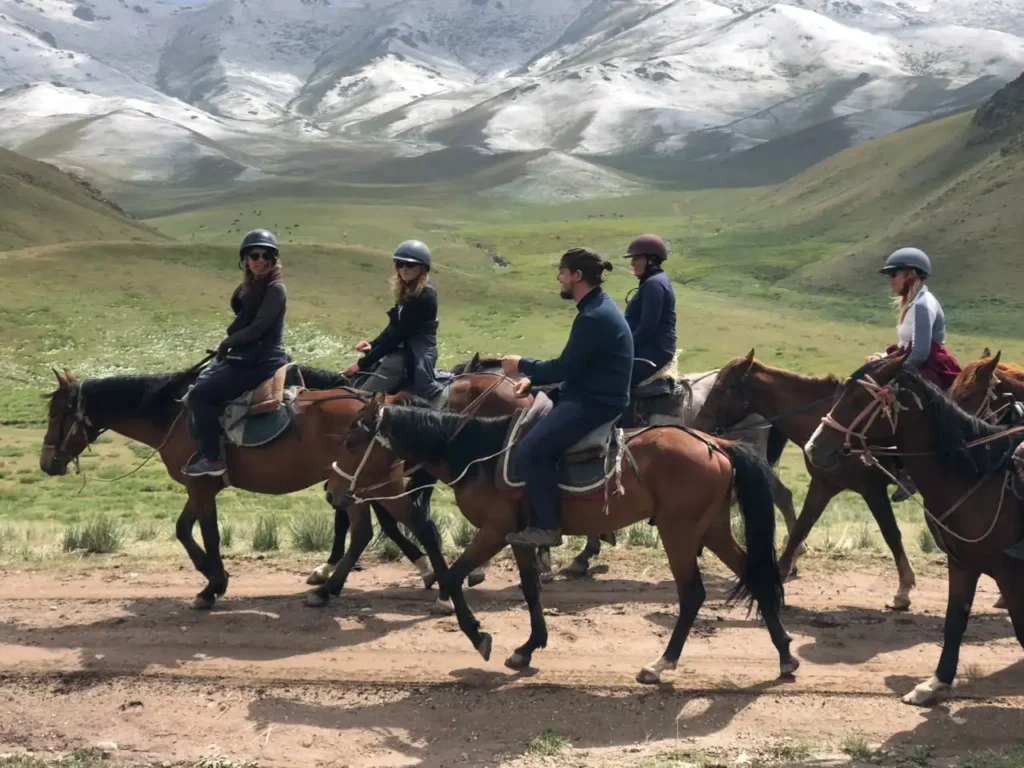
Dream vacations
Climb on horseback to snowy peaks covered with glaciers, walk through the enchanting valley of the Canyon of Fairy Tales, swim, sun bathe and simultaneously enjoy the mountain view on Lake Issyk-Kul. Local history stretches across time and space-from the petroglyphs of Cholpon-Ata to the ruins of Tash-Rabat Castle and the giant statue of Lenin that greets you in Osh. Kyrgyz cuisine is no less varied, with new and delicious dishes offered in buffet style.
Through all the impressions runs the traditional nomadic culture of Kyrgyzstan, expressed in fun sports, colorful folk costumes ,exquisite craft sand long-standing traditions that have been formed for centuries in this beautiful and rugged land.
Visas Matters
One of Kyrgyzstan’s high lights is that it is the easiest country to visit in the region, as citizens of more than 50 countries can enter visa-free for 60 days, while12 countries, including Japan, can enter without restrictions. Most tourists who need a visa need only submit an electronic application, and very few nationals need the dreaded invitation letter.
Is Kyrgyzstan safe for travelers?
A reputation un becoming of a hospitable country like Kyrgyzstan: As of mid-2020,Kyrgyzstan maintains a Level 1rating in the U.S. State Department’s travel advisory system. Most Kyrgyz people can’t wait for you to come back and be impressed by the country and culture of Kyrgyzstan.
Safety precautions for traveling to Kyrgyzstan include being careful with valuables being cautious when traveling alone and at night, being aware of natural disasters such as altitude sickness and sudden changes in weather conditions, and voiding in advertently entering border areas near Tajikistan and Uzbekistan. Keep these guidelines in mind and be prepared to feel welcomed and valued by the people of Kyrgyzstan.
Choose your transportation options
Convenient access to Kyrgyzstan via flights from Russia, Turkey, United Arab Emirates (UAE) and other countries saves energy for the local experience instead of searching for a route to Kyrgyzstan. In addition, there are 12 land border crossings into Kyrgyzstan from Kazakhstan, Tajikistan, Uzbekistan and China, most of which can be crossed on foot, by private car or motorcycle. In addition, our company can offer or organize you to rent cars, car with driver, buses and anything about the transportation.
Domestic transportation uses buses, trains, minibuses and private cars, the latter of which can quickly replace taxis. The whole system may seem chaotic to the untrained eye, but in reality, it works very efficiently and often offers multiple options to reach a destination.
Seasons in Kyrgyzstan
Unlike other parts of Central Asia, Kyrgyzstan is most beautiful and tourist-friendly in summer rather than spring. However Kyrgyzstan is full of natural splendor, so each season has its own unique charm:
Winter: Ski and snowboard season, from mid-November to March, is when the number of travelers drops sharply, so most accommodation and tour operators offer discounted rates. The weather can be unstable and affect travel plans, so visit with a sense of adventure.
Autumn: Autumn in Kyrgyzstan is less touristy, with homegrown produce in bazaars and arrange of excursions from horseback riding and rafting to city tours and historical tours.
Spring: Frequent rainfall in the first weeks of Kyrgyzstan’s shortest season, with flower fields and lush mountain scenery in May.
Summer: With little rain, pleasant mountain temperatures and many festivals, summer is the ideal time for hiking, exploring the mountains, staying in yurt camps and relaxing near Lake Issyk Kul, Son kul, Ala kul and many other beautiful places. Feel nomad’s life.
How many days do you need in Kyrgyzstan?
This is because Kyrgyzstan is full of outdoor opportunities and it is impossible to fit everything into a few days. In addition, the mountainous terrain and laid-back culture make it difficult to efficiently get from one destination to another. However, the following information may be useful when planning your Kyrgyzstan itinerary:
Bishkek – more than just a landing point, this capital city, with its wide boulevards and historically significant sites, offers a wide range of shopping, entertainment and dining options.
How long is your stay? Two to three days if you want to take day trips to nearby attractions.
The main attractions are Ala Too Square, Oak Park, Osh Market (bazar).
How can I get off the tourist route? Day trip to Ala Archa Valley and Burana Tower in ancient Balasagun.
Osh – the capital of southern Kyrgyzstan, strongly influenced by Uzbek culture.
Duration of stay: 1-2 days.
Main sights: Suleiman Tu mountain, Lenin statue (the largest in Central Asia), Navoi Park.
Ways to get off the beaten track: Relax in Kyrgyzstan’s Ata National Park or explore the historic town of Uzgen and its bazaar.
Jalalabad – the former center of the Silk Road, with the second largest population after Bishkek and Osh.
Duration of stay: 1 day.
Main sights are Lenin Street, thermal springs of Jalalabad Sanatorium, Arslanbob walnut forests.
Off the beaten track: Book a homestay in the nearby village of Kara Sur or in Sary Chelek National Park.
Karakol – a traditional town on the shores of Lake Issyk Kul, the fourth largest city in the country.
Duration of stay: 1-2 days.
Main attractions: Holy Trinity Orthodox Church, Dungan Mosque, Przewalski Memorial Museum.
Ways to get off the beaten track: Dine with ethnic minority Uyghur and Dungan families or learn local baking with a homestay in nearby Jergalan.
Cholpon Ata – a resort and historic town on Lake Issyk Kul.
Duration of stay: 2 days.
Main attractions Petroglyphs in Cholpon Ata, Ruh Ordo Cultural Center, Issyk Kul State Museum of History and Culture.
How to get away from the crowds Stay overnight in a yurt camp in the mountains or go parasailing over Issyk Kul.
Naryn – the capital of the most mountainous and traditional region of Kyrgyzstan.
Duration of stay. Two days to tour the surrounding area.
The main attractions are Kosoy Korgon Fortress, Atbashi village, Naryn river cruise.
How to get off the beaten track Head towards Torugart Pass and stop at Tash Rabat Caravanserai on the way.
Kochkor – a small but pleasant mountain town, a convenient stopover for tourists passing through the region.
Duration of stay 1-1,5 days.
The main attractions are Golden Kol handicrafts, Son Kol Lake, Koch Kor Regional Museum.
Ways to get off the beaten track explore the Chon Salt Cave or spend the night in a yurt on Lake Kol Ukok.
Talas – Kyrgyzstan’s westernmost city, Talas borders Kazakhstan and is largely devoid of tourists.
Duration of stay: 1 day.
Main attractions: Manas Ordo, Kirov Reservoir, Tuyuk Tor rock sculptures.
Off the beaten track: Visit Besh-Tash National Park and the Herzen Museum in the nearby village of Ak Dobo.
Services
Kyrgyzstan is an extremely flexible country for tourists. It offers plenty of accommodation for everyone from individual backpackers to tourist groups and families with children, multiple options for domestic travel and space in mountain meadows. The company also caters to a wide range of needs, from individual travelers to groups and families with children.
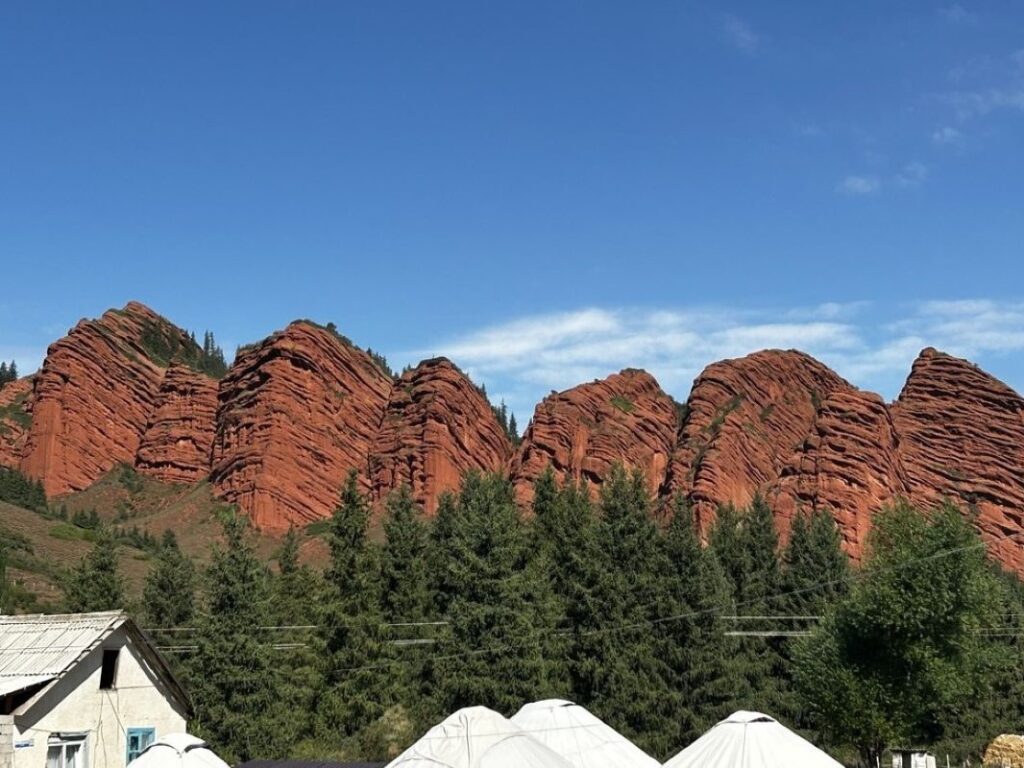
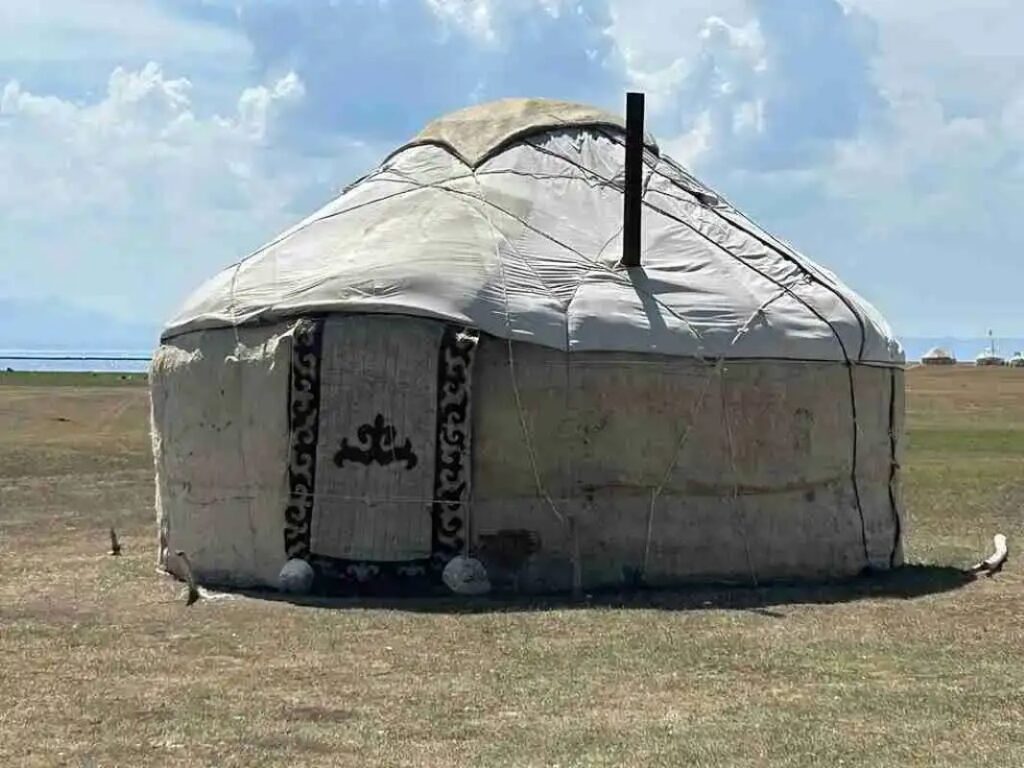
NOMADS LIFE offers the following services
Business travel services
Planning a conference in Kyrgyzstan? We can arrange everything from transportation and hotels to equipment, interpreters, security and team building activities.
Visa support
If you need a visa support letter, we will start the process of issuing one.
Easily plan your arrivals and departures with the latest flight schedules of the main airlines serving Kyrgyzstan.
Book transportation
Transportation reservation
Arrange car rental or ground transportation from the airport or border to your next destination.
Hotel reservations
Browse and book hotels in various cities of Kyrgyzstan.
Group tour arrangements
Join a small group tour with fixed departure dates.
Personalized planning
Book a private tour based on your preferred Kyrgyzstan travel style or contact us for more information.
Holidays and festivals in Kyrgyzstan
Kyrgyzstan’s national holidays pay homage to the past and perpetuate beloved traditions through unique festivals. Whether it’s a distant nomadic history or a hard-won victory over the last world conquerors, this country knows how to celebrate in style. Why not include these festivals in your Kyrgyzstan itinerary?
Folk festivals, Kyrgyzstan travel nomadic games Kupkari, Kyrgyzstan travel folk festivals, Kyrgyzstan travel
Nowruz (March 21) – the traditional New Year of Central Asia and the Persian world is celebrated with great enthusiasm in Kyrgyzstan. Songs, dances, games, traditional food and numerous outdoor activities welcome the arrival of spring.
The best places for celebrations are Issyk Kul Lake or Bishkek. However, all cities and villages host special events.
Victory Day (May 9) – Born in Soviet times, this day commemorates the victory over Nazi Germany with grand parades, speeches, concerts and ceremonies honoring WWII veterans.
Independence Day (August 31) – commemorates Kyrgyzstan’s second victory in the 20th century with military march and presidential speech, as well as national sports, dance, ethnic food, fireworks and other joyful events.
National Horse Games Festival (July, dates vary) – Equestrian sports have long been at the center of Kyrgyzstan’s nomadic way of life, but this unforgettable event is boundless with traditional horse races, live competitions, folk costumes, local cuisine and a display of Kyrgyz craft skills.
The best place for celebrations is the village of Kizilooi on the shores of Lake Sonkul.
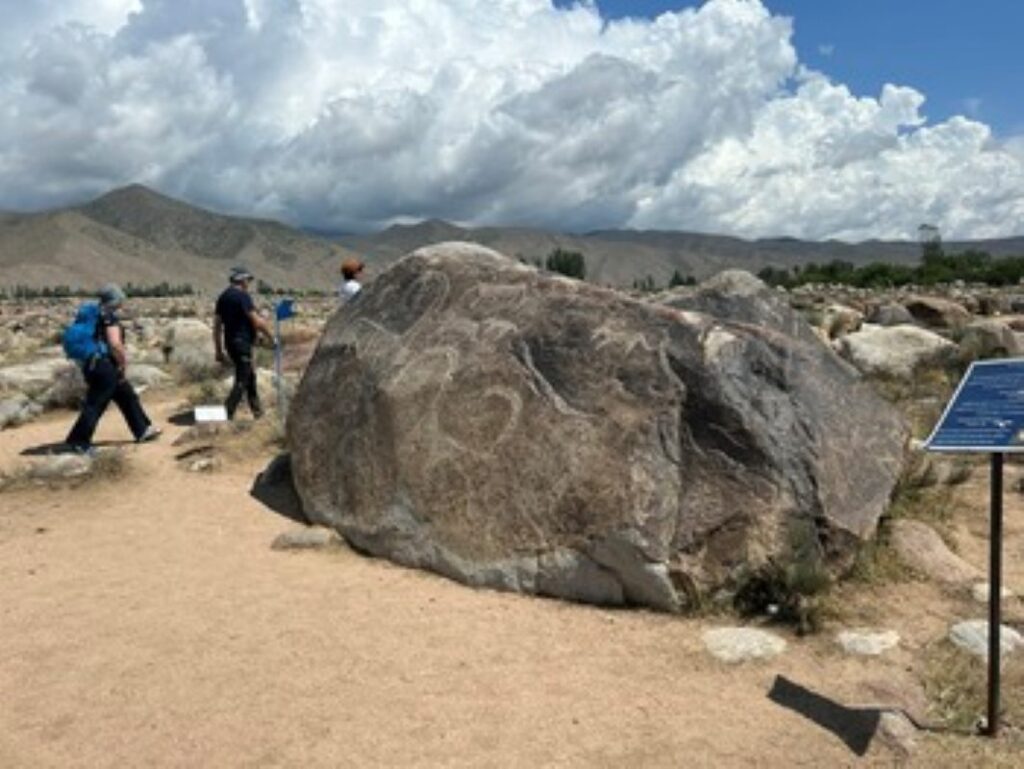
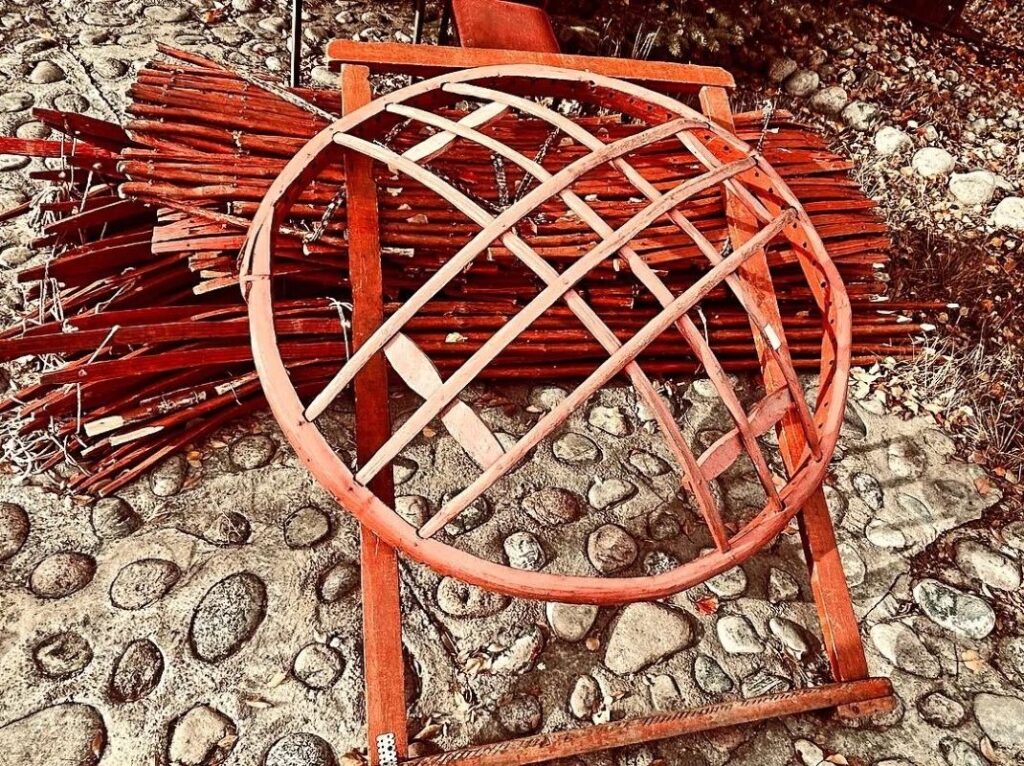
Interested in Kyrgyz cuisine?
Kyrgyzstan offers a range of classic Central Asian dishes such as freshly baked bread, savory samosa pastries, manty and chuchvara dumplings. If you want to try some of Kyrgyzstan’s local cuisine, try the following
Beshbarmak: a traditional nomadic dish made with homemade noodles, potatoes and beef or horse meat.
Kuurdak – a one-dish meal of meat, potatoes, onions and spices.
Ashlamfoo – Dungan cold soup with noodles, meat and vegetables.
Boorsok – fluffy fried dumplings that test your willpower
Dried fish – dried fish salted at a nearby stall from the sea in Issyk Kulu.
Oromo – delicate homemade noodle swirls stuffed with meat and potatoes.
Dimlama – steamed beef and fresh vegetables.
Kurut – sour and salty milk balls ranging from basil to hot pepper flavor.
Maksim and Bozo – Kyrgyzstan’s distinctive grain-based sour drinks.
Measures to be taken in Kyrgyzstan (Dos and Don’ts in Kyrgyzstan)
Kyrgyzstan is one of the countries in Central Asia where official laws are the most lax and residents are accepting of foreigners. While far from comprehensive, we hope this Kyrgyzstan travel advice will point you in the right direction as you prepare for your upcoming adventure:
DO IT:
Be aware that mountain roads can be treacherous and impassable in winter, and even in summer, high-altitude yurt camps can be surprisingly cold.
DO: Leave plenty of time and flexibility in your itinerary, as weather, last-minute schedule changes and unplanned opportunities can arise.
Practice responsible tourism by investing money in home stays, small cafes, family-run souvenir shops and Kyrgyz tour programs that support local initiatives.
When staying in someone’s home, be prepared to practice local customs such as taking off your shoes at the door, using the toilet and eating on the floor.
Come prepared to embrace new things – new experiences, first time sports, unusual food, etc. You won’t regret it!
What not to do?
Wait until the last minute to withdraw cash, as it can be difficult to find working ATMs after you leave Bishkek.
If you hitchhike or are offered a homestay, do not thank the driver or host.
Expect most Kyrgyzstanis to speak English, especially in rural areas.(only in Bishkek and in some other city can speak English but still not everywhere)
The rich culture in Kyrgyzstan’s cities and small towns is as fascinating as nature itself.
Unless you are an experienced trekker, go into the mountains alone.
Language.
The official languages of Kyrgyzstan are Kyrgyz and Russian, spoken mainly in rural areas and the capital. Kyrgyz is a Turkic language historically closely related to Kazakh, while Russian spread under Soviet rule in the 20th century.

